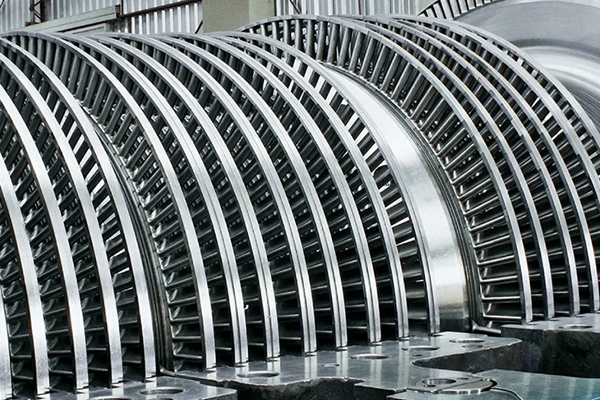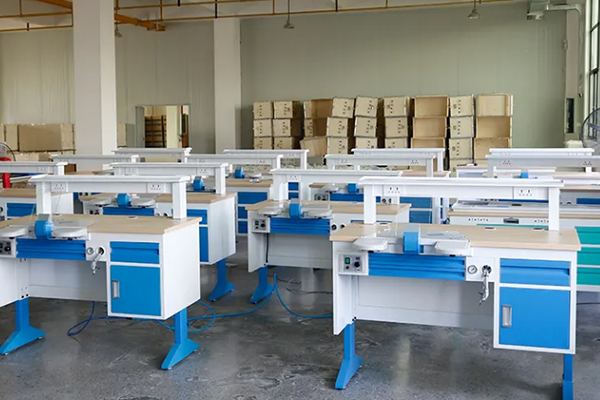The Future Of Aerospace Materials: What's Next?
Description
Discover emerging trends in aerospace materials, including advanced alloys, composite materials, nanotechnologies and sustainable solutions that are expected to influence aerospace design over the coming decades.

Developments in High-Performance Alloys and Composite Materials
In the aerospace industry, the pursuit of lighter and stronger materials remains a constant challenge. Engineers and scientists have reported progress in developing modern alloys and composite materials.
Traditionally, metals such as aluminium and Titan have been preferred due to their favourable strength-to-weight ratio. Modern composite materials, in which polymers are combined with reinforcement fibres, now offer improved durability without incurring additional weight. These materials contribute to enhanced fuel efficiency and improved safety, given that they absorb impact loads more efficiently.
Research in this field has progressed from initial studies on simple mixtures to techniques that extend strength and corrosion resistance. Consequently, the gradual integration of computer modelling into the design process has facilitated predictions of material behaviour under low-temperature conditions at high altitudes and under high-heat conditions during spacecraft re-entry.
Nanomaterials and the Integration of Smart Technologies
Nanotechnology is one of the significant advances in aerospace material science. At a microscopic scale, nanomaterials can be engineered to exhibit properties not found in conventional materials.
For example, carbon nanotubes are under investigation for their high strength. They are being considered for constructing structures capable of carrying larger loads while maintaining low weight.
In addition to strength, smart materials form an important area of research. These materials are designed to respond to environmental conditions by monitoring structural integrity and, when necessary, initiating bonding protocols. Although this technology remains in its early stages, it may reduce maintenance requirements and extend the lifespan of aerospace components.
Sustainable and Environmentally-Friendly Material Solutions
Sustainability is increasingly a necessity, particularly in sectors with demanding performance requirements such as aerospace. Environmental concerns motivate research teams to seek alternatives to traditional, resource-intensive manufacturing methods and materials.
Recycling programmes exist for recovering metals and composite materials previously regarded as waste. In some cases, materials are developed using fewer harmful chemicals, requiring less energy while delivering equivalent or improved performance compared with predecessors.
Looking forward, aerospace companies are showing increased interest in bio-based composite materials and novel alloys that minimise environmental impacts. These materials satisfy the durability requirements for extreme aerospace conditions and assist in reducing carbon emissions. Consequently, evolving industry standards influence design decisions regarding material selection.
The development of materials for aerospace is based on iterative improvements. The use of improved alloys, composite materials and nanotechnologies allows for the construction of aircraft and spacecraft that meet the demands of future missions while ensuring safe and efficient travel. With each advancement – from self-healing materials to environmentally-friendly composites – the objective of reducing environmental impact becomes increasingly feasible.
Nonetheless, challenges remain. Costs continue to be a significant factor when implementing new materials at scale and the extensive testing required for aerospace safety can delay adoption. However, systematic data from laboratory tests and field trials provides a clearer path forward.
Frequently Asked Questions
Q: Which advanced material is most promising for future aircraft?
Q: How can nanomaterials improve safety in aerospace?
Q: Are sustainable materials suitable for modern aerospace applications?
A: Modern composite materials, known for their high strength and low weight, have been identified as particularly promising for reducing fuel consumption and enhancing safety.
A: Nanomaterials contribute at the microscopic level by increasing strength and may incorporate self-healing properties that enable the automatic detection and repair of minor damage.
A: Yes, sustainable materials are developed to meet or exceed current performance standards while reducing environmental impacts and improving overall efficiency.

 Bars
Bars
 Beads & Spheres
Beads & Spheres
 Bolts & Nuts
Bolts & Nuts
 Crucibles
Crucibles
 Discs
Discs
 Fibers & Fabrics
Fibers & Fabrics
 Films
Films
 Flake
Flake
 Foams
Foams
 Foil
Foil
 Granules
Granules
 Honeycombs
Honeycombs
 Ink
Ink
 Laminate
Laminate
 Lumps
Lumps
 Meshes
Meshes
 Metallised Film
Metallised Film
 Plate
Plate
 Powders
Powders
 Rod
Rod
 Sheets
Sheets
 Single Crystals
Single Crystals
 Sputtering Target
Sputtering Target
 Tubes
Tubes
 Washer
Washer
 Wires
Wires
 Converters & Calculators
Converters & Calculators
 Write for Us
Write for Us





 Chin Trento
Chin Trento



